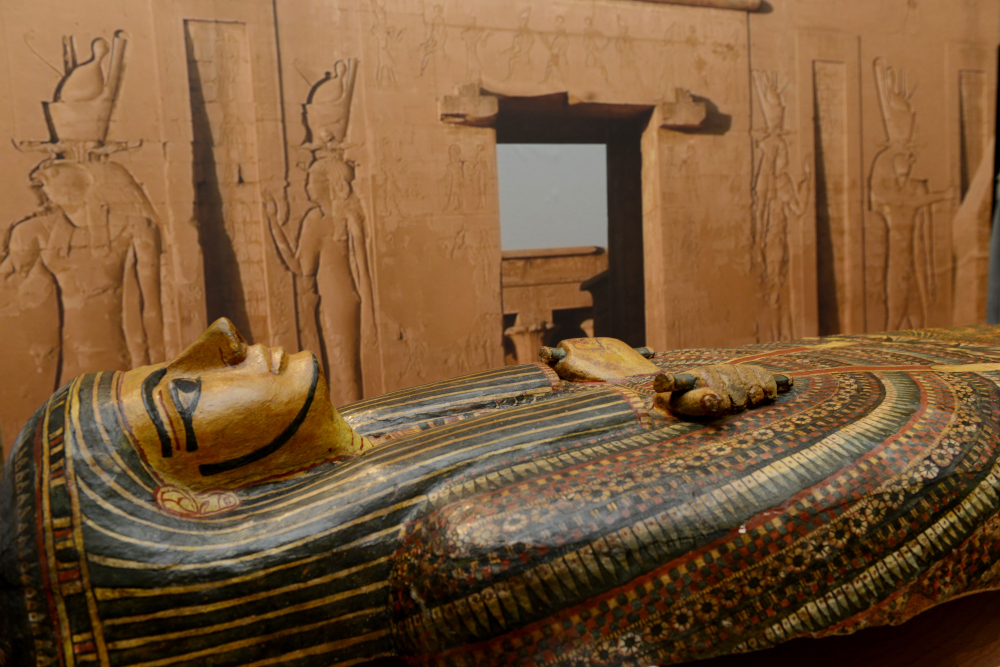

Alloys are often stronger and more durable than pure metals. Today alidades are being replaced by Total Stations.Īlloy – A substance made by the mixture of two or more elements, at least one of which is a metal. This is a good way to search for patterns or changes in soil color or plant density (possible indicators of buried features) that may not be visible to a person walking on the ground.Īgora – An open-air place of congregation in an ancient Greek city, generally the public square or marketplace, that served as a political, civic, religious, and commercial center.Īlidade – An optical surveyor’s instrument used in the field to create topographic maps and top plans. The buildings on the Athenian Acropolis were important for trade and worship.Īerial Photography – The various techniques of taking photographs of natural or cultural features from the air, using balloons, airplanes, satellites, and other sources, in order to study the features in their entirety from a top-down (bird’s eye) view.Īerial Reconnaissance – The technique of searching for sites and features, both cultural and natural, from the air, often using aerial photography or the human eye.

It is generally a raised area above the rest of the city where the most important sacred and secular buildings are brought together. More flakes were knocked off from both sides of a stone and there is evidence that the maker had a preconceived notion of the tool’s final form.Īcropolis – The “high point” or citadel of an ancient Greek city, like the Acropolis in Athens. This tool-making technology was a more complex way of making stone tools than the earlier Oldowan technology. It was characterized by large bifaces, particularly hand axes. See Relative Dating.Īcheulean – A stone tool industry, in use from about 1.6 million years ago until 125,000 years ago. Dates are determined by a variety of processes, including chemical analyses (as in radiocarbon dating and thermoluminescence), data correlation (as in dendrochronology), and a variety of other tests. is generally replaced by the term Common Era (C.E.).”Ībsolute Dating – Collective term for techniques that assign specific dates or date ranges, in calendar years, to artifacts and other archaeological finds. In academic, historical, and archaeological circles, A.D. – “Abbreviation for the term Anno Domini Nostri Jesu Christi (or simply Anno Domini) which means “”in the year of our Lord Jesus Christ.”” Years are counted from the traditionally recognized year of the birth of Jesus.


 0 kommentar(er)
0 kommentar(er)
